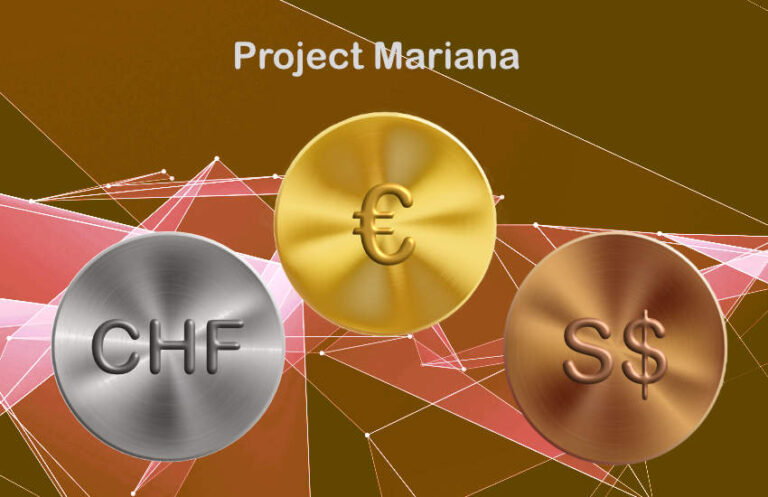
Source: www.ledgerinsights.com
Today, the Bank for International Settlements (BIS) released an interim report on Project Mariana, a trial of wholesale central bank digital currency (CBDC) involving the central banks of France, Singapore and Switzerland. In proof of concept, commercial banks could transact with wholesale CBDCs for currency transactions.
While central banks issued their CBDCs on licensed Ethereum blockchains, the international platform for foreign exchange (FX) transactions was the public Ethereum testnet (Sepolia). However, the report had a caveat that this should not be seen as an endorsement of DeFi or particular solutions.
Going back to motivations, central banks have conducted extensive testing of CBDCs, but both cross-border CBDC and FX are topics receiving significant attention. Cross-border payments are too expensive, slow, and unpredictable, and there is a desire for CBDCs to address these challenges. By using DeFi, 24/7 transactions are potentially feasible.
A significant proportion of the $7.5 trillion daily currency transactions carry substantial settlement risks that can be resolved with a more or less immediate settlement, commonly known as pay versus payment (PvP).
Mariana addresses these two issues and more.
Functionality of the Mariana Project
At a functional level, the test supported each of the central banks that issued a wholesale CBDC to commercial banks on their national platforms. These national platforms were connected to an international platform via bridges made up of smart contracts controlled by central banks.
One novel aspect for a central bank is to implement governance at the token level without controlling the underlying platform, in this case the Ethereum testnet.
Commercial banks then used the wholesale CBDC for currency transactions using a decentralized exchange.
DeFi and DEX with wholesale CBDC
Decentralized exchanges (DEXs) on public blockchains like Uniswap use automated market makers (AMMs) to enable trading using algorithms. While the original motivation for DEX was to avoid the gas fees associated with bid and ask, the potential benefit in the real world is 24/7 trading.
AMMs use liquidity pools or currency buckets to trade against each other automatically using simple algorithms. Instead of crypto, Mariana tests swapping one wholesale CBDC for another to execute currency transactions.
Like any market, it has two sides. In a conventional market, you would have market makers and traders. With an AMM, market makers are replaced by providers who add funds to liquidity pools. In this case the pools are the three currencies. Liquidity providers earn a portion of the fees charged to those who execute trades. In reality, both parties may incur other losses depending on the liquidity of the funds and the algorithm.
One thing that is not mentioned in this interim report is that AMMs (in the cryptocurrency world) can be more expensive compared to the bid and ask markets, as the spreads are often wider.
This is not the only DeFi project that the BIS is involved in. The Mariana Project expands on an earlier trial between the Banque de France and the Monetary Authority of Singapore, which also used automated market makers. And the first and second iterations of the Singapore Guardian Project also involve DeFi and public blockchains.
Express your views on enterprise-grade blockchain!
Hyperledger and LF Research are conducting a blockchain survey. Participants get a 25% discount on a Linux Foundation e-learning course. Click here to participate.
Read More at www.ledgerinsights.com